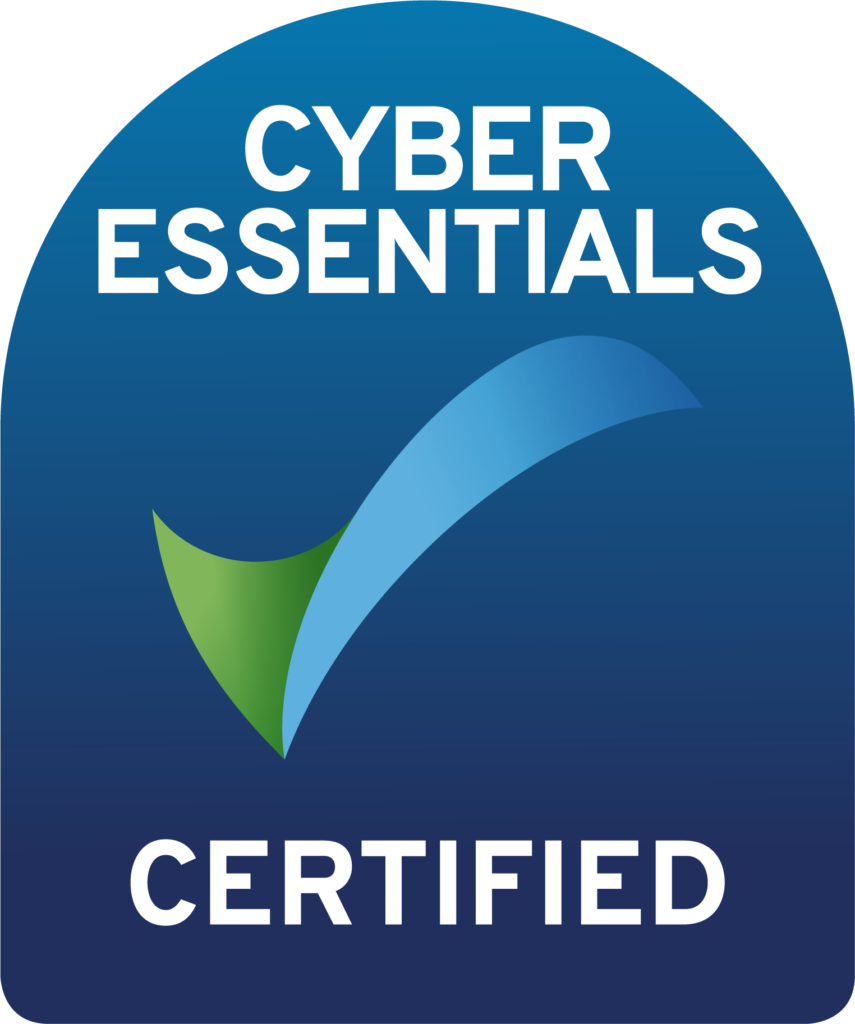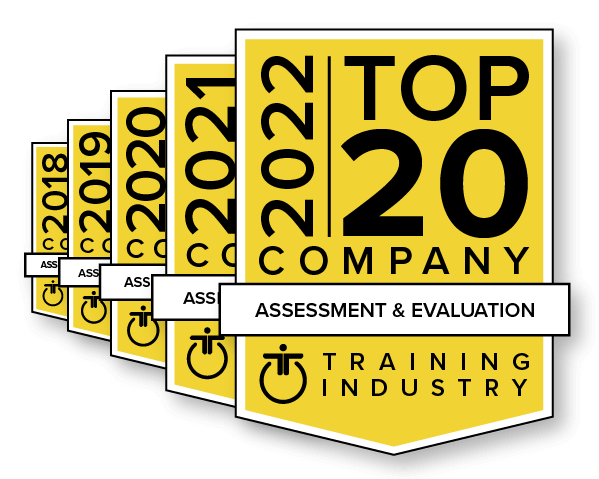Many organizations are currently looking at the flexible working arrangements they made at the start of the pandemic and turning them into official policies for the future. In many cases, hybrid teams—those where some people work in the office and some work at home—are becoming a permanent part of the company’s operations. Managers need to think carefully about how to lead teams in this relatively new environment.
Part of the challenge is that the ground is still shifting beneath us. Some organizations continue to push back the date when people will come back into the office, while others reopened offices this summer, just to close them again with the emergence of the Delta COVID variant.
In the face of such uncertainty, tapping into people’s purpose is more important than ever. According to Core Strengths research, people find a sense of purpose within three primary motivations:
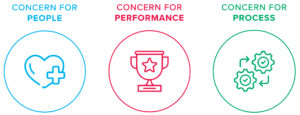
When you take the SDI 2.0 assessment, you’ll get a full portrait of how all three blend in your personality, but even if you haven’t taken the assessment yet, keep reading. The SDI 2.0 describes a vast array of diverse personalities, but we’re going to keep it simple, by focusing on the three colors:
Blue: People who are motivated by the protection, growth, and welfare of others. They have a strong desire to help others who can genuinely benefit.
Red: People who are motivated by task accomplishment and achieving results. They have a strong desire to set goals, take decisive action, and claim earned rewards.
Green: People who are motivated by meaningful order and thinking things through. They have a strong desire to pursue independent interests, to be practical, and to be fair.
Even in the best of times, people with different primary motivations see the world in very different ways. And under stress, those differences in viewpoint become even more dramatic, even at times causing conflict. Here are our tips for how to manage a hybrid team with diverse motivations in a time of continued uncertainty.
Don’t become a technique junkie.
There are dozens of articles being written about techniques for managing hybrid teams right now, and technique is certainly part of the solution. Managers should know of the best practices and leverage them to the degree that they will help.
Some expert tips published in Harvard Business Review include:
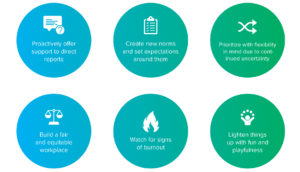
All of these techniques are important. But the foundation of success for any technique is knowing each person’s purpose, and how they respond when their work doesn’t give them a sense of purpose. If there’s a disregard for purpose, even the best execution of the above techniques is going to fail.
Tie the organization’s values to each person’s purpose.
Organizational values become more important than ever when there’s an unknown or a lack of certainty. The organization needs to be clear about its values, and managers need to connect those values to the people, process, and performance motivations of everyone on their team.
The best way to do so is through one-on-one conversations. In the interest of alleviating burnout, many managers removed one-on-one meetings from employees’ calendars, but doing so is a mistake.
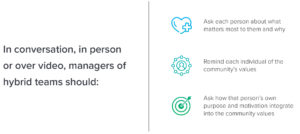
A successful outcome is when each individual can connect their personal purpose to the values of the group. This gives the employee a sense of security in the knowledge that their employer cares about them and their purpose, and that their manager is committed to including them, no matter where they’re working.
Plan for the unexpected.
Most of the time, organizational values manifest themselves in a balanced, integrated way. But when the unexpected occurs, values often get ranked, and it becomes clear that some values conflict with others.
For example, if a company’s values are integrity, humanity, and financial strength, a crisis context may prove that financial strength (a performance-based value) is the top priority, and some humanity (a people-based value) may get sacrificed in the process.
Even if each employee can link their purpose to the company’s values, this ranking can cause problems. In the above example, individuals with strong people motivations may feel that they’re not being considered in the decisions being made.
Managers should confirm to employees on a hybrid team what will happen if another unexpected shift in company policy or local ordinance does occur. Communicate that all three primary motivations—people, process, and performance—will inform the company’s and team’s decisions, so all people know they’re being considered, even if they don’t get the outcome they prefer.
Then, stand back and listen. You may think that you have the best plan in the world, but if people on your team tell you it’s not relevant to them, then it’s not. The definition of relevance will keep evolving as things change on an organizational, local, national, and global level, so keep listening and asking people what they need. Managers can also glean ideas by looking at what other teams and organizations have done to successfully tap into their employees’ sense of purpose.
Lack of engagement, high conflict, or lower performance on hybrid teams isn’t a physical location issue, it’s a cultural commitment issue. If, as the team leader, you understand and honor what matters most to each person, and stay open to shifting your management style as their needs change in different contexts, you’ll be able to successfully fulfill your management mission.


